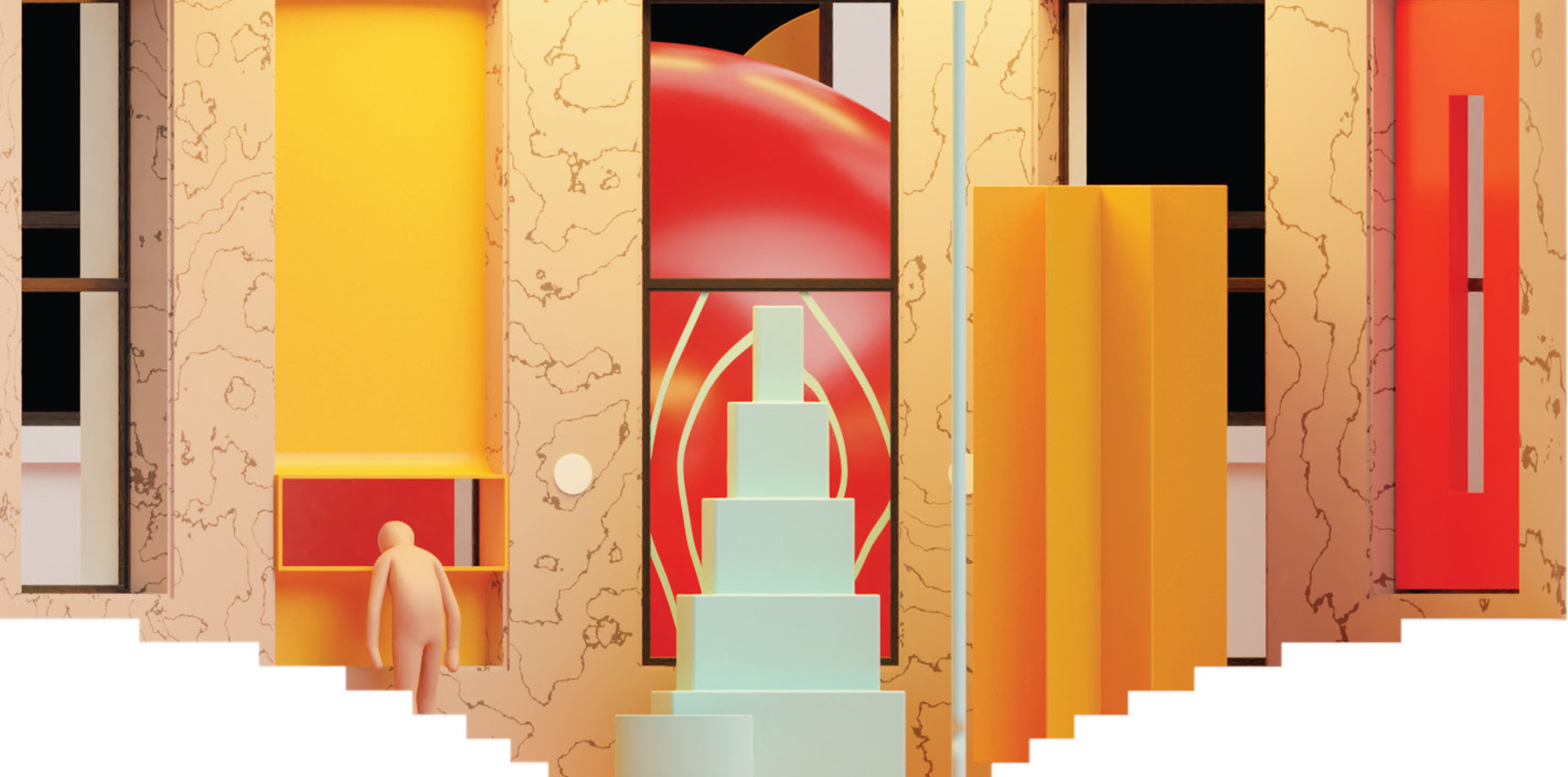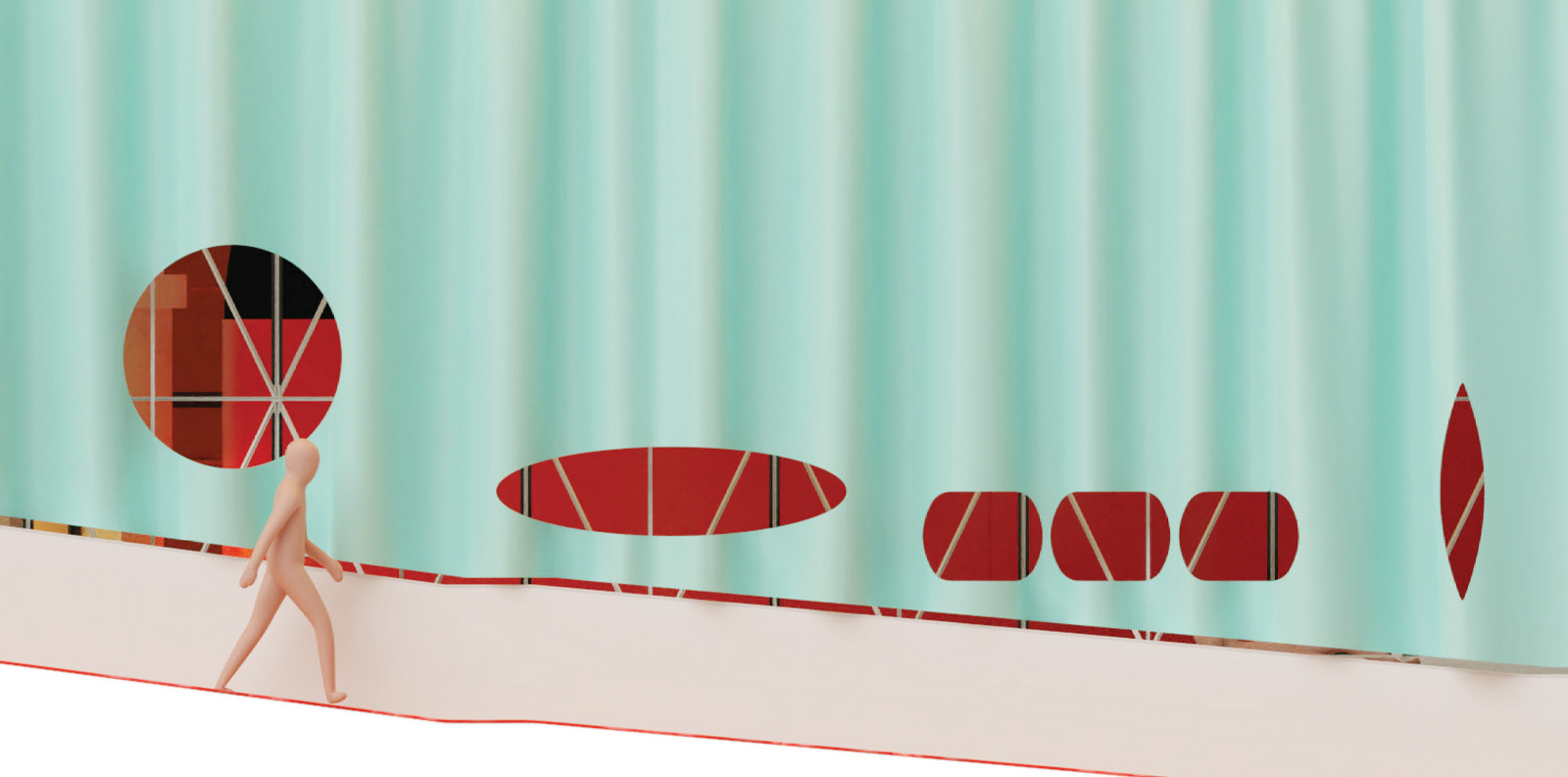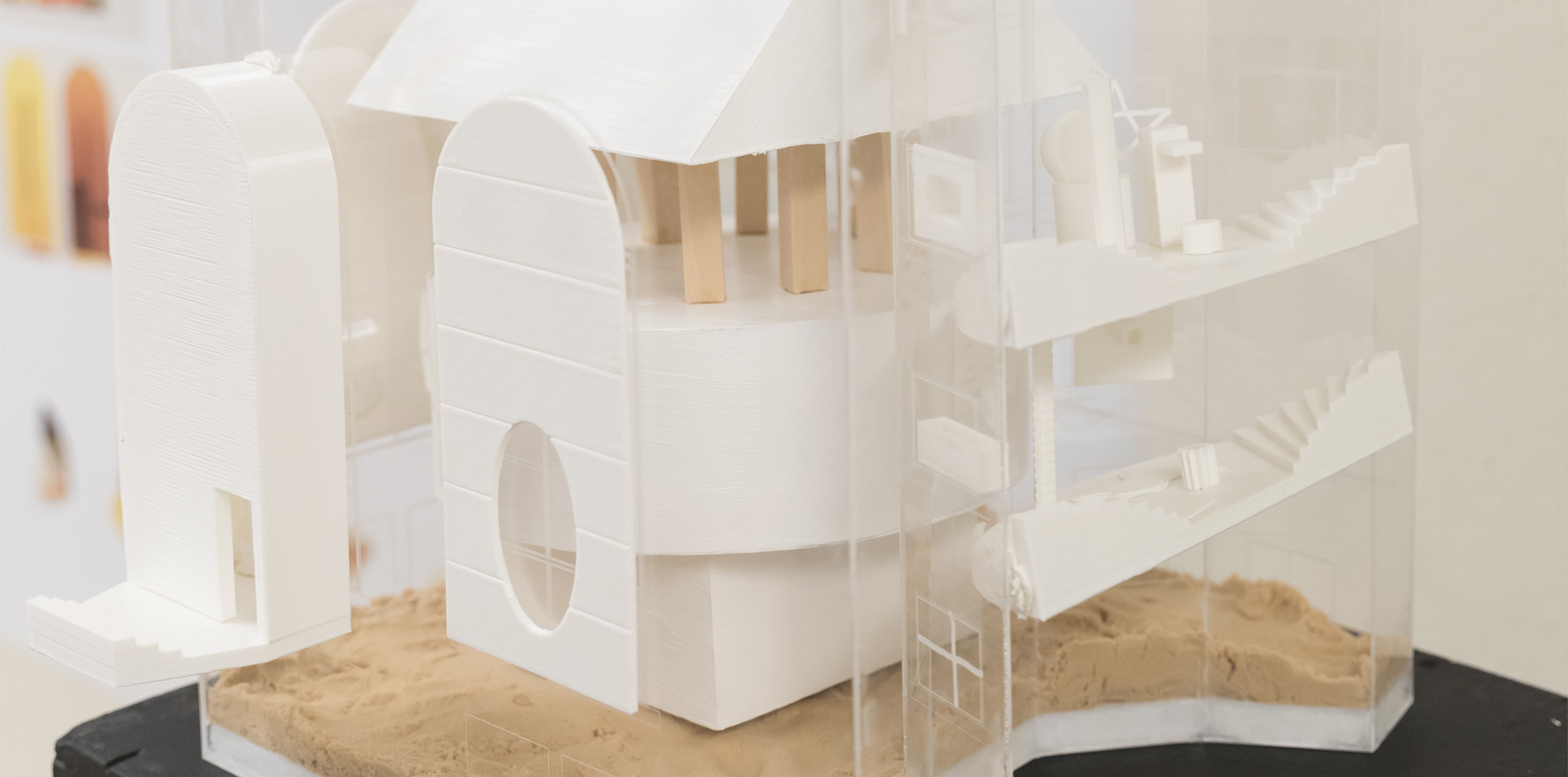Joseph Perry
Future as Endangered Architecture
From the third-year graduate research studio The Future Isn’t What It Used to Be, Spring 2019
Faculty: Penelope Dean
About the studio:
This studio used collective research developed in the fall as a starting point for the design of a hypothetical Chicago Architecture Biennial exhibition focused on interpretations of “the future.” No longer far and distant, the future has become close and proximate. This collapse of temporal distance has coincided with a shift in attitudes toward traversing the future: from conceptualizing it as an abstract terrain open to be invented or colonized, to, in an era of crises (ecological, financial, humanitarian, etc.), being understood as a fragile domain to be looked after and protected. With the understanding that exhibitions are one of many mediums of architectural design today—among books, buildings, images, and words—our exhibition addresses the question of not only how architecture might help reinvent a collective idea of the future, but also how it can communicate those ideas to a general public in ways that exceed conventional drawings, images, models, and words.
About the project:
This exhibition explores the future as eternal return. The extinction of architecture prompts a movement to preserve it. The exhibition rests in the courtyard of the Chicago Cultural Center, a fifty-by-fifty-foot square flanked by twenty-six windows of different sizes on four walls. The windows offer portrait views that are tall and short, but also panoramic, in one special case. Capitalizing on this arrangement, the exhibition design creates an architectural aquarium, where the relationship between exterior and interior becomes a crucial interface. The exhibition is conceived in two parts: First, the courtyard becomes the repository for a preserved architecture constructed by a combination of a sphere, prism, rectangles, square and cylinder. Second, each window threshold represents a return of architecture.




